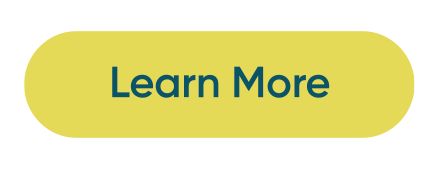As utilities navigate a rapidly changing landscape — defined by decarbonization mandates, electrification trends, and consumer demand for greener practices — sustainability has become more than a buzzword. It’s now a strategic imperative.
But in a sector where reliability and regulatory compliance already command significant resources, how can enterprise utilities realistically prioritize and achieve meaningful sustainability goals?
5 Strategies for Sustainable Utilities
Let’s explore some key strategies utilities can employ to integrate sustainability into their operations, including some digital shifts that can yield big environmental returns.
1. Digitize to Decarbonize
Paper billing is one of the most overlooked sustainability drains in utility operations. Producing, printing, and mailing bills contributes to deforestation, water usage, and greenhouse gas emissions. Transitioning to digital billing and payment systems reduces paper waste and slashes the emissions associated with physical mail distribution.
More importantly, utilities that invest in digital-first customer experiences can use behavioral nudges — such as text reminders, paperless enrollment incentives, and QR code-enabled self-service tools — to accelerate paperless adoption. This shift compounds sustainability gains over time while also improving operational efficiency.
2. Embed Sustainability into Organizational KPIs
To ensure sustainability goals are a cross-functional initiative, utility agencies should align environmental goals with core business metrics. This can include tracking metrics like paperless enrollment rates, EV charger utilization, and reduction in truck rolls through better remote monitoring and smart grid technologies.
By embedding these targets into OKRs (Objectives and Key Results) and tying them to individual and departmental performance, utilities create a shared ownership model for sustainability outcomes. This drives accountability while normalizing green thinking across the organization.
3. Leverage Data to Optimize Resource Use
Sustainability efforts often falter without clear visibility. Leveraging real-time data and analytics can help utilities identify inefficiencies — such as high call center volumes due to poor digital adoption or energy loss in legacy infrastructure — and prioritize interventions.
For example, digital billing platforms can surface insights into how customers engage with reminders or payment portals. These insights can guide communications strategies that increase digital self-service and reduce the need for manual support, cutting down energy-intensive operations like call centers and field service dispatches.
4. Modernize Infrastructure with Dual Benefits
From smart meters to grid automation, modern infrastructure inherently supports sustainability. But beyond energy savings, these technologies often streamline administrative and billing workflows too.
Investments in cloud-based platforms and SaaS solutions can consolidate data silos, reduce IT overhead, and improve disaster recovery capabilities, while lowering on-premises energy usage. The result: cleaner tech stacks and more agile operations.
5. Educate and Incentivize Stakeholders
A sustainable utility isn’t just defined by its assets, but also by the behavior of its people — both employees and customers. Education plays a vital role in building buy-in for sustainability programs, especially when rolling out new digital processes.
Incentives like offering discounts for paperless billing or gamifying eco-friendly behaviors can accelerate engagement. And providing user-friendly experiences across digital channels ensures that even less tech-savvy customers can make the switch with ease.
Drive Sustainability Through Digital Transformation
Achieving sustainability goals is rarely about one big initiative: it’s about hundreds of small decisions made across operations, technology, and customer engagement. For utilities, digital transformation is a high-leverage area to start.
From eliminating paper waste to lowering the emissions tied to manual processing and legacy systems, digital billing and payment adoption is a proven way to support broader environmental objectives.
Want to learn how InvoiceCloud partners with utilities to drive sustainability through digital transformation? Speak with our team of industry experts today.

